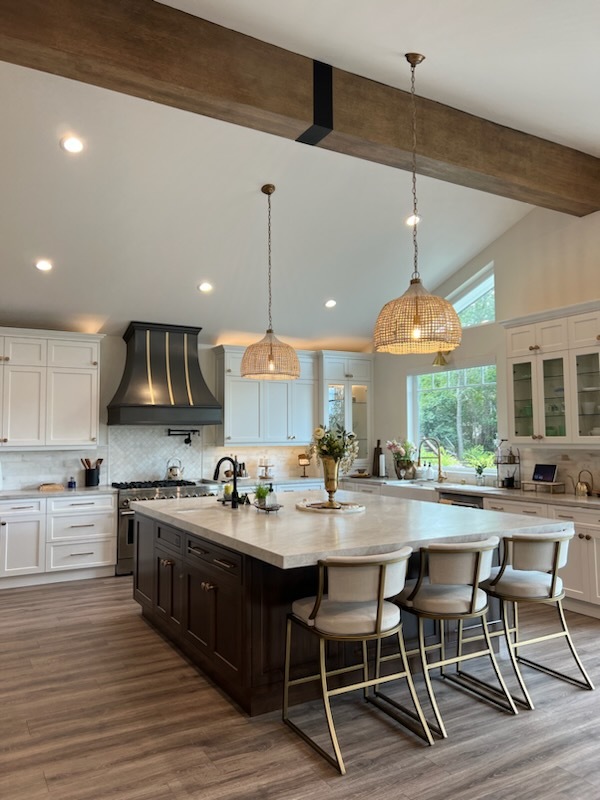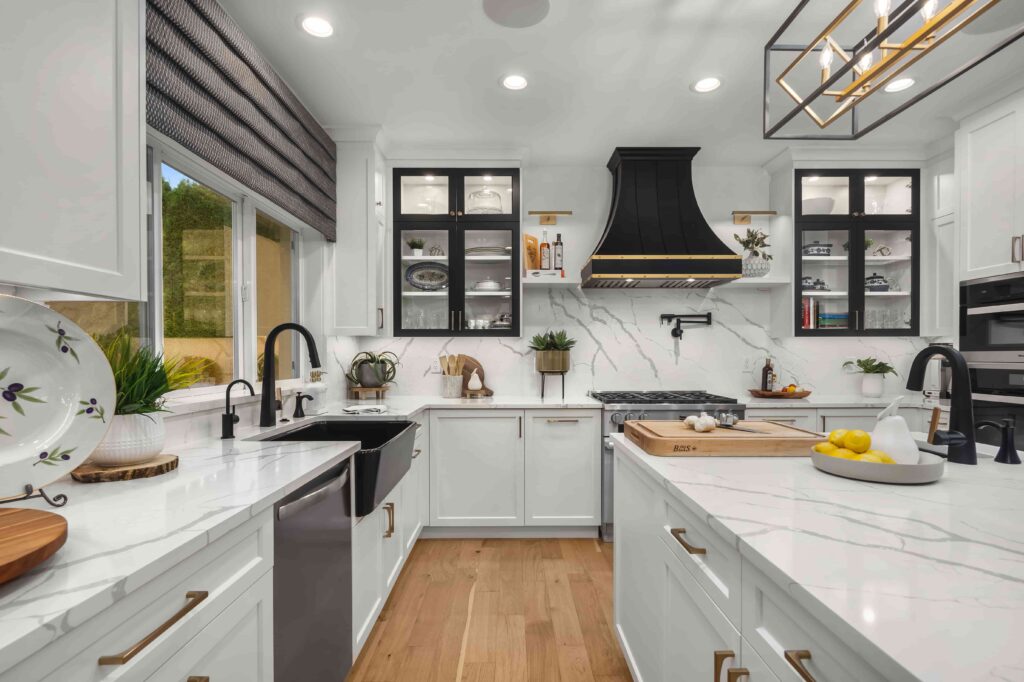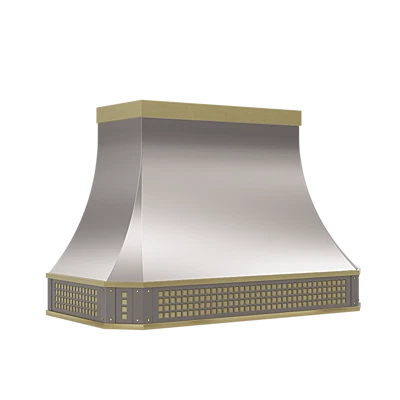A well-ventilated kitchen doesn’t just keep the air fresh-it improves comfort, supports your appliances, and even protects your health. But when a full kitchen remodel isn’t in the cards, how can you make meaningful upgrades that boost airflow and enhance your cooking experience? The good news: you don’t have to tear down walls or reconfigure your entire kitchen to breathe easier. With a few targeted improvements, you can significantly elevate ventilation and the overall feel of your space.


Understanding Why Kitchen Ventilation Matters
Cooking generates heat, moisture, and airborne particles like grease and smoke. Without adequate airflow, these pollutants linger, impacting indoor air quality and potentially leading to issues like mold, odors, and increased wear on cabinetry and walls. Good ventilation whisks these away, creating a safer, more pleasant environment.
Whether you’re working with a compact urban kitchen or a spacious open-plan layout, adequate ventilation supports everything from cleanliness to energy efficiency. And contrary to popular belief, you don’t always need ductwork or heavy renovations to get it.



Small Shifts That Make a Big Difference
Even if you’re not planning a complete renovation, minor tweaks can dramatically improve how your kitchen breathes. Think of it as a series of subtle shifts-each one helping your space function better, feel fresher, and look more polished. Below are some accessible, low-lift upgrades to get started.
Rearrange for Natural Airflow
Sometimes, the most effective improvements are the simplest. Start by assessing how air currently moves through your kitchen. Can you reposition your stove or prep area near a window? Even small tweaks to your layout can make a noticeable difference.
Using existing windows for cross-ventilation by opening one across from another helps create a natural breeze. If your kitchen only has one window, a box fan placed strategically in the frame can pull stale air out.
Add a Ductless Range Hood
Not all homes are built with ductwork for traditional kitchen hoods, but that doesn’t mean you’re out of options. Ductless range hoods offer a design-forward approach to kitchen airflow. These systems use charcoal filters to clean the air before recirculating it, making them an ideal choice for renters or homeowners who want results without the renovation.
Available in sleek designs that suit both modern and classic kitchens, ductless hoods are easier to install than ducted models and still offer excellent performance, especially for everyday cooking.


Upgrade Your Filters and Fans
If you already have a recirculating range hood, make sure the filters are regularly replaced or cleaned. A clogged filter limits airflow and reduces the effectiveness of your ventilation system.
Consider adding an energy-efficient exhaust fan or replacing an outdated model with a quieter, more powerful unit. Ceiling or wall-mounted fans in adjacent areas can also help circulate air, particularly in open-concept layouts.
Introduce Indoor Plants That Purify
Ventilation isn’t just about removing bad air-it’s also about introducing fresh, clean air. While not a substitute for proper airflow, houseplants like spider plants, peace lilies, and pothos help filter airborne toxins and improve air quality naturally.
Place a few greenery-filled planters near cooking zones or windows to subtly support cleaner air while adding a fresh visual element to your kitchen.
Choose Low-Emission Materials
If you’re updating cabinetry, paint, or countertops, opt for low-VOC (volatile organic compound) materials. These produce fewer airborne chemicals and make your kitchen more breathable over time. Even a simple coat of eco-friendly paint can reduce lingering odors and create a more comfortable environment.


Use Your Appliances Strategically
Many don’t realize that the way you cook also affects indoor air quality. Use lids on pots to reduce steam, cook on back burners so rising air is better captured by your hood, and avoid overheating oils, which can release more smoke and odor.
Also, when possible, prep ingredients that require minimal cooking or use smaller appliances like toaster ovens or pressure cookers that generate less heat and require less ventilation.
Keep Ventilation in Mind During Future Projects
Even if you’re not planning a kitchen overhaul today, keeping ventilation in mind for future updates can save you time and stress later. Whether you’re investing in new cabinetry, updating lighting, or choosing your next backsplash, consider how each element can contribute to airflow or accommodate future ventilation upgrades.
Talk to contractors about your long-term goals. Leaving space for a ductless hood or incorporating built-in vents can be part of your next phase without dramatically increasing costs. That way, each improvement lays the groundwork for better air quality.
Final Thoughts
Improving kitchen ventilation doesn’t require a complete remodel. With thoughtful adjustments, from incorporating stylish ductless hoods to maximizing natural airflow, you can elevate your cooking environment and promote better indoor air quality. Whether you’re a culinary enthusiast or just want to enjoy a fresher kitchen, these small changes can make your space healthier, more comfortable, and more inviting.
Fresh air indoors is possible-no sledgehammer required.
- 3shares
- Facebook0
- Pinterest0
- Twitter3
- Reddit0













